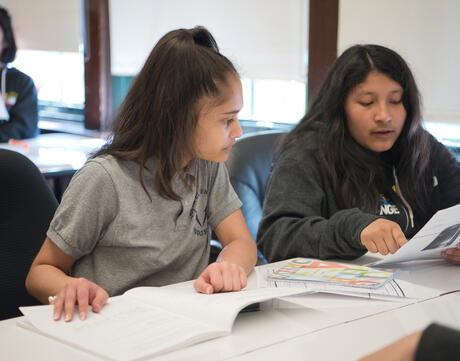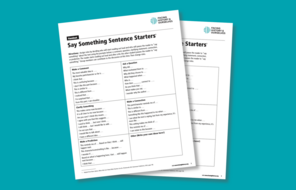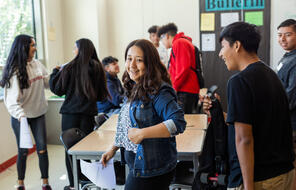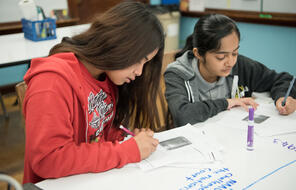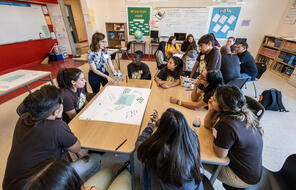Overview
What Is the Say Something Strategy?
The Say Something 1 teaching strategy makes visible the oftentimes invisible comprehension strategies that proficient readers use to make meaning of the text.
Reading is incredibly complicated. We don’t learn it naturally; it is a modern human invention that imposes significant cognitive burdens on children at a young age. It is important for educators to understand that reading strategies on their own cannot compensate for a lack of vocabulary or schema, both of which students develop by being read to and reading across a wide range of texts in and outside of school. Successful readers also struggle successfully. They stop when they are confused and tap into a range of strategies to make sense of the text. Developing readers, on the other hand, keep reading without comprehending, rely on outside sources like a teacher or online summaries, or give up altogether.
In her chapter “Explicit Instruction in Comprehension,” literacy expert Kylene Beers lists these strategies for teachers and reminds teachers that they must be taught “explicitly and directly.”
- Clarify
- Compare and contrast
- Connect to prior experience
- Inference (generalization and draw conclusions)
- Predict
- Question
- Recognize author’s purpose
- See causal relationships
- Summarize
- Visualize 2
Lesson Plans
How to Use the Say Something Strategy
Unlimited Access to Learning. More Added Every Month.
Facing History & Ourselves is designed for educators who want to help students explore identity, think critically, grow emotionally, act ethically, and participate in civic life. It’s hard work, so we’ve developed some go-to professional learning opportunities to help you along the way.
Exploring ELA Text Selection with Julia Torres
On-Demand
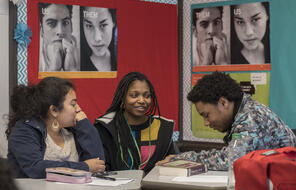
Working for Justice, Equity and Civic Agency in Our Schools: A Conversation with Clint Smith
On-Demand

Centering Student Voices to Build Community and Agency
On-Demand


